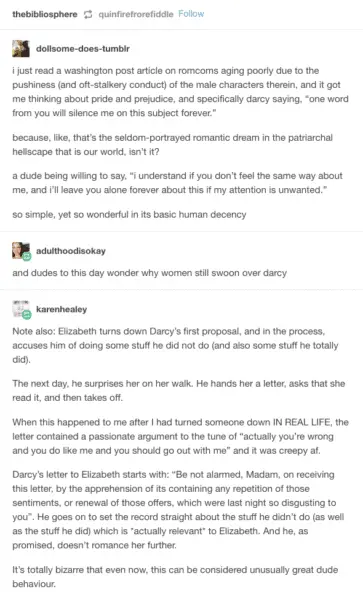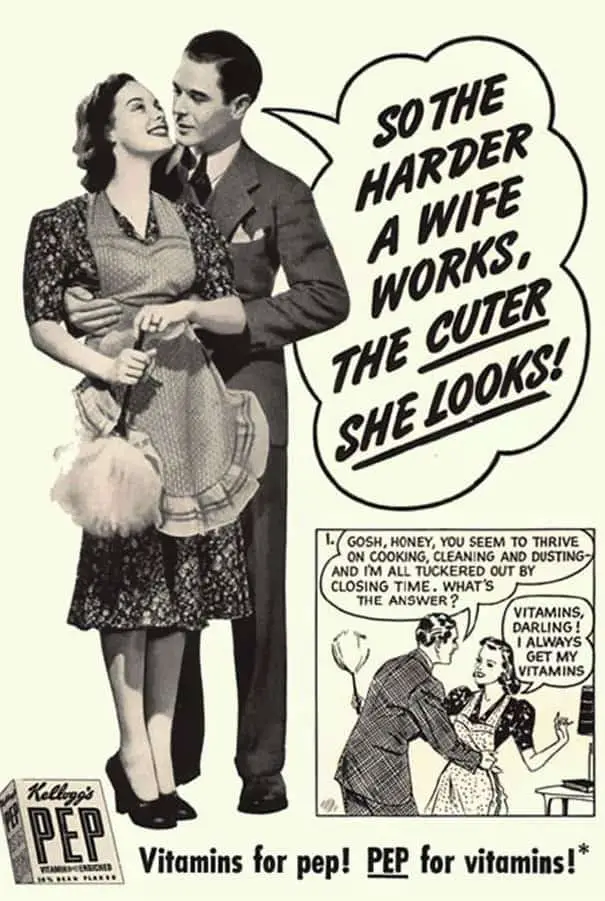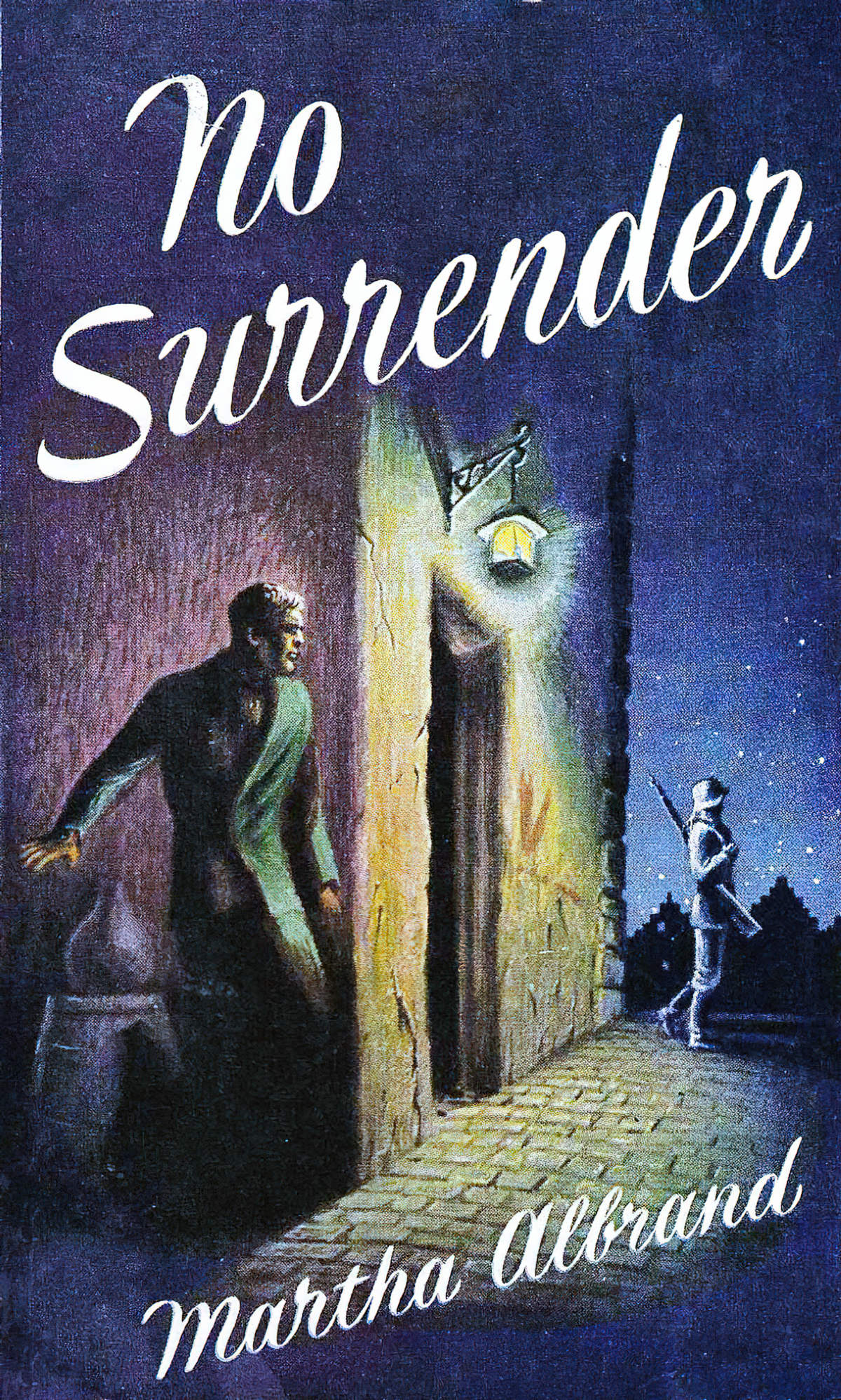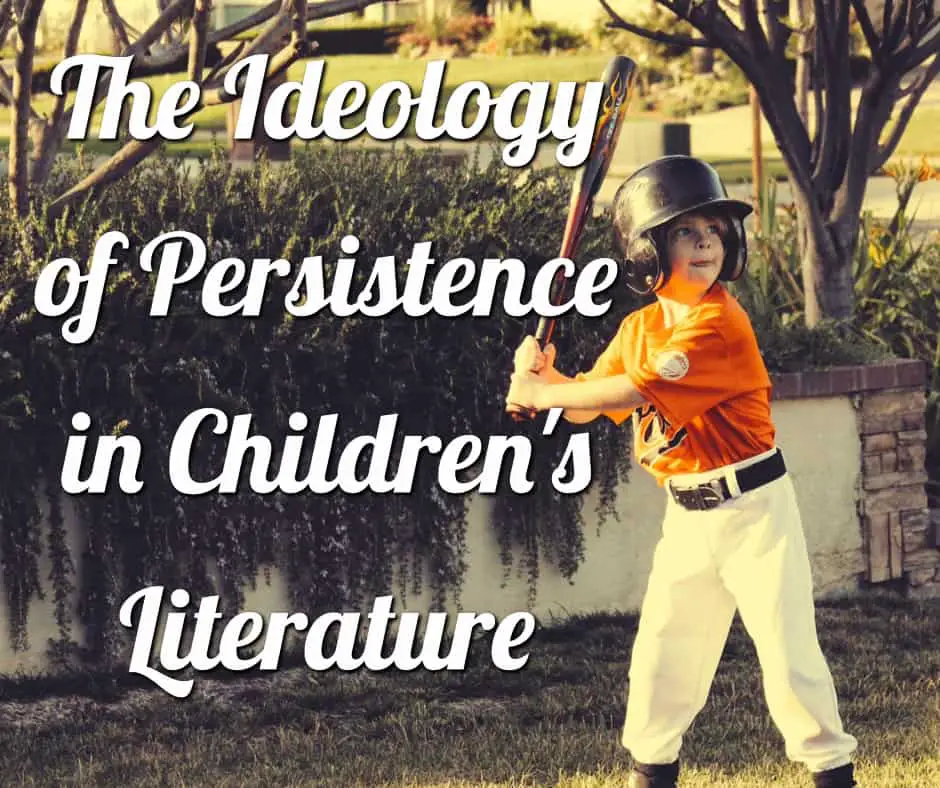If you work hard you will find success. Persistence leads to success is a comforting truism, because we feel the future is under our own control. Work hard, you win.
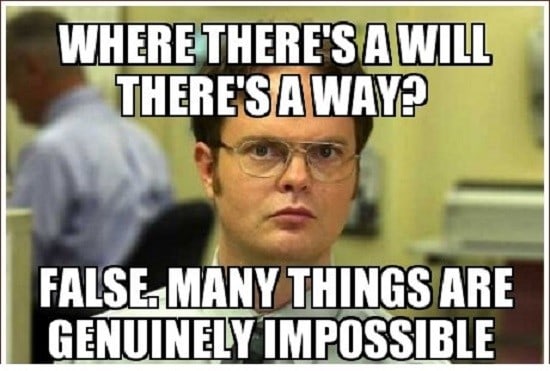
An episode of a Freakonomics podcast provides a strong, economically sound argument for sometimes giving up. But you’ll be hard pressed to find a book for which encourages quitting. When a child character quits a sports team or skips out on piano, it will probably be because they’ve replaced their parents’ dream with another hobby of their own. Quitting to hang out on the corner? Hard to find that in a non-tragic story.
This is a ‘truism’ because it contains an element of truth. Modern parenting and teaching gurus have spread the message that we should praise children not for being smart but for trying hard, moving away from ‘talent’ mindset into ‘growth’ mindset. Becky is good at math because she worked hard. Johnny knows all the characters of Harry Potter not because he has a superlative memory but because he’s read the complete series three times. That’s ‘growth mindset’.
This generation of parents has also been exposed to Malcolm Gladwell’s principle: 10,000 hours of deliberate practice to mastery. According to this theory, it takes 10,000 hours to become an expert at something. Though the number 10,000 has since been shown to be limited to certain skills with stable structures, the thinking behind it rings true; you, too, can master a complex skill if you put in sufficient time and effort.
This ideology is especially strong in Japanese narrative. In the Hayao Miyazaki animated film Spirited Away, the child hero Chihiro gets locked inside a fantasy theme park world and must save her parents from ending their days as bacon by… you guessed it: working hard.
In the West there is no shortage of gritty fictional kids.
I said I cant do it. So unless you have an alternative way, I cannot do it the way you are asking me to. The end.
@PanickedFoodie
PERSISTENCE IN PICTURE BOOKS
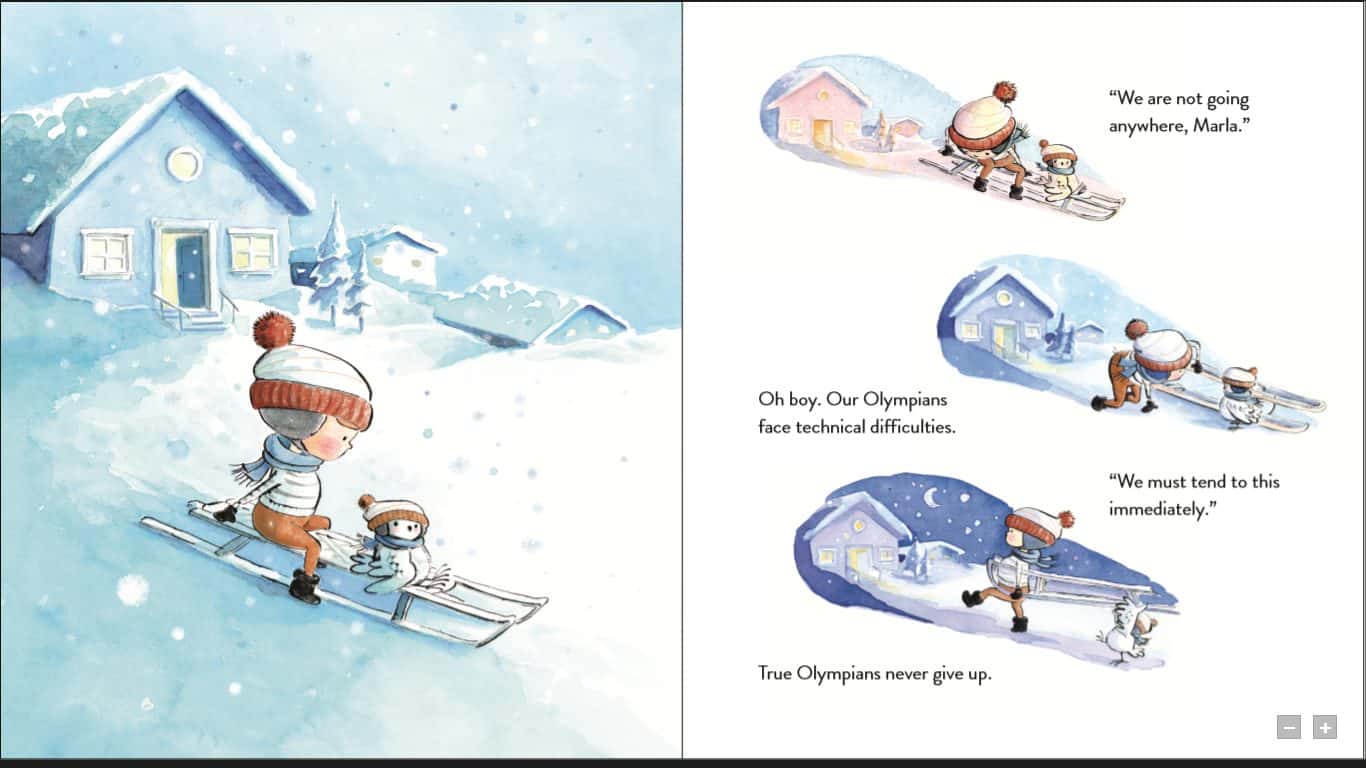
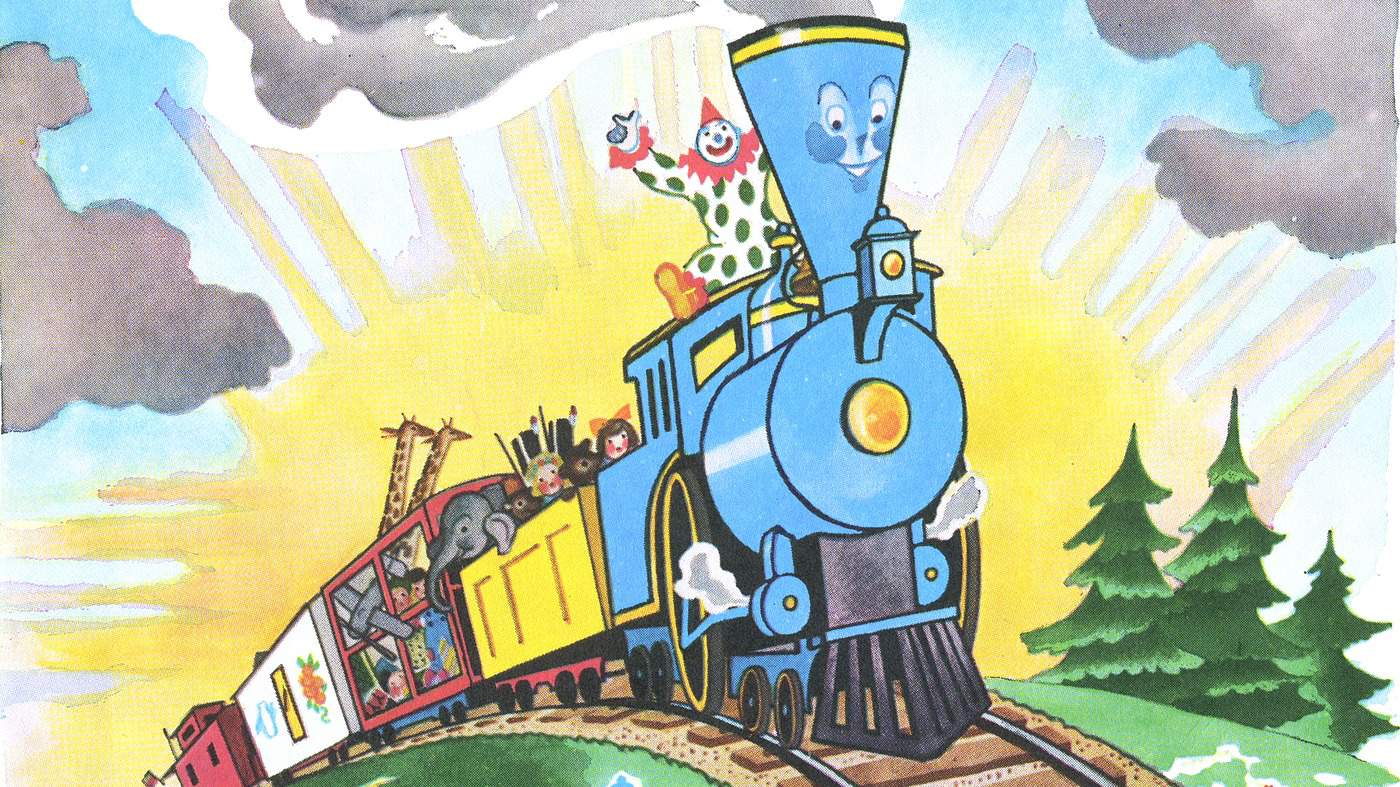
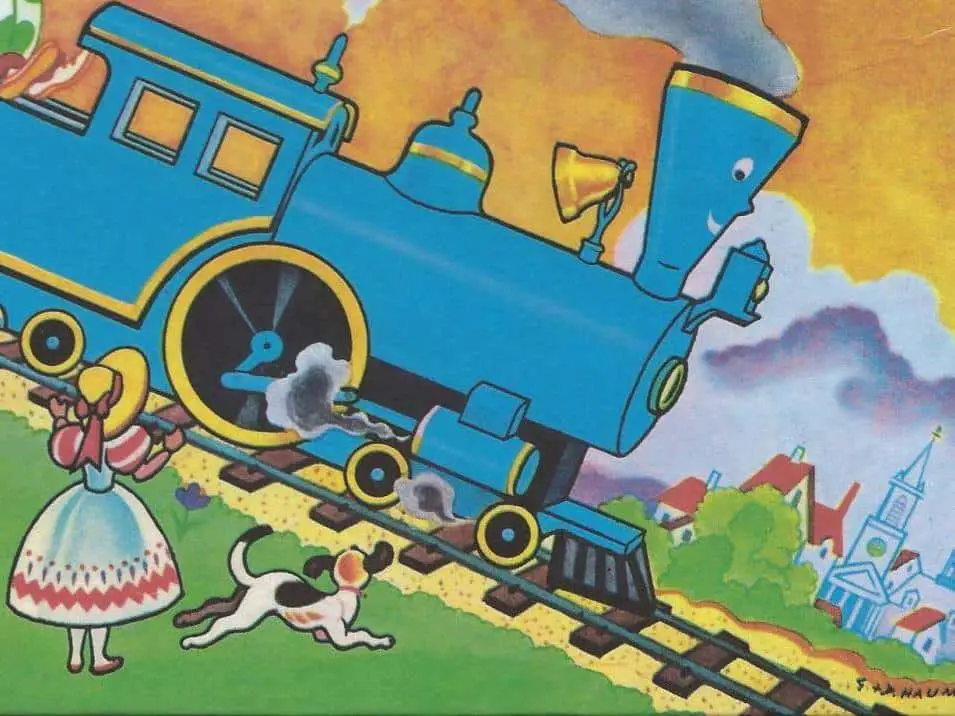
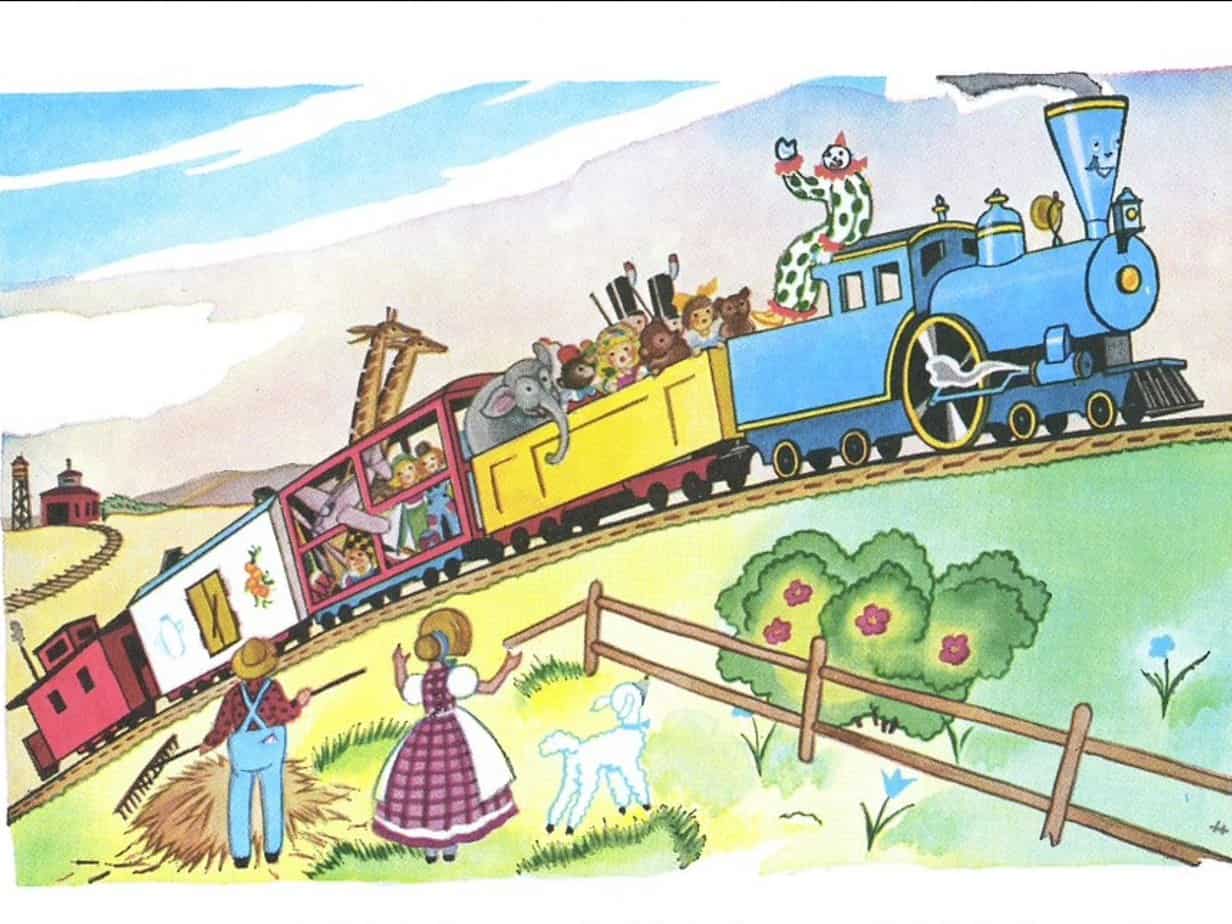
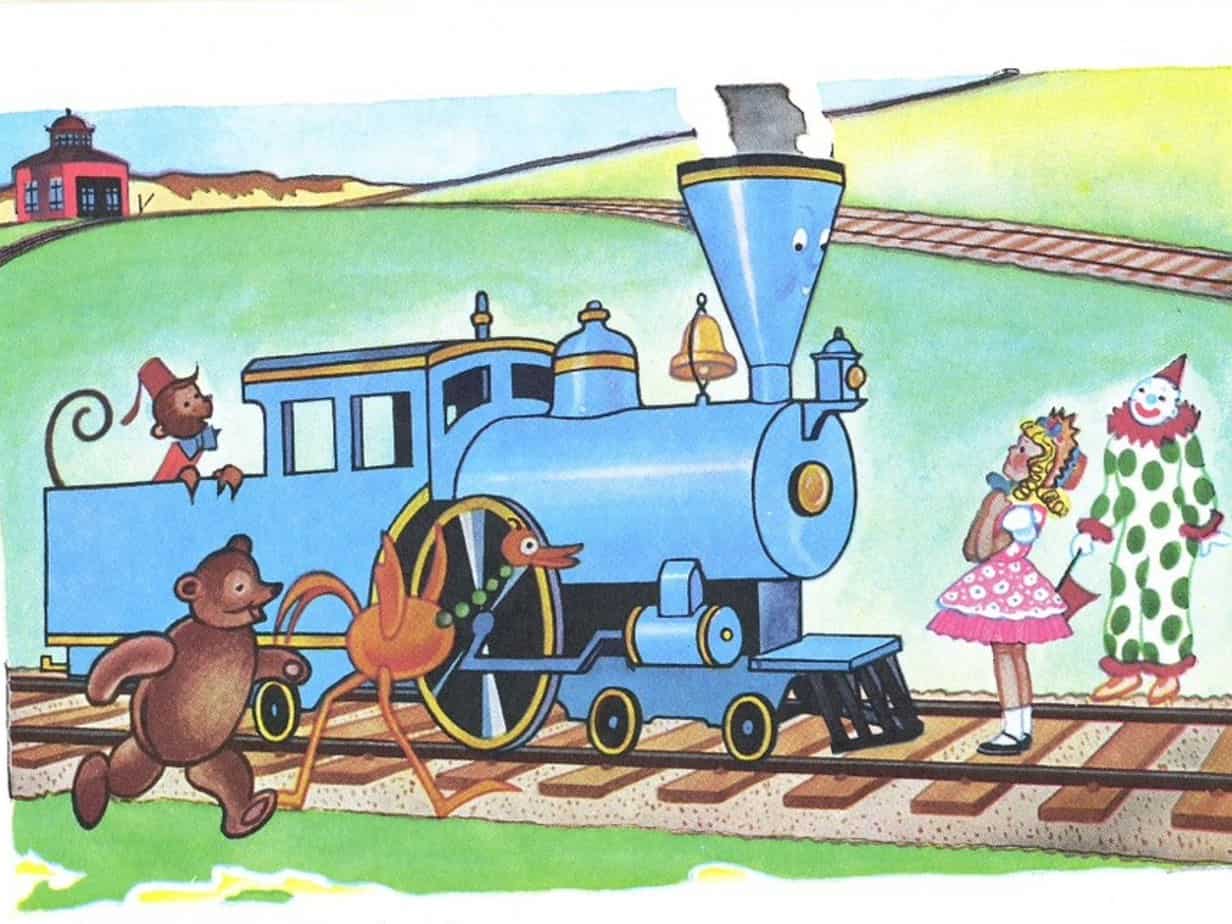
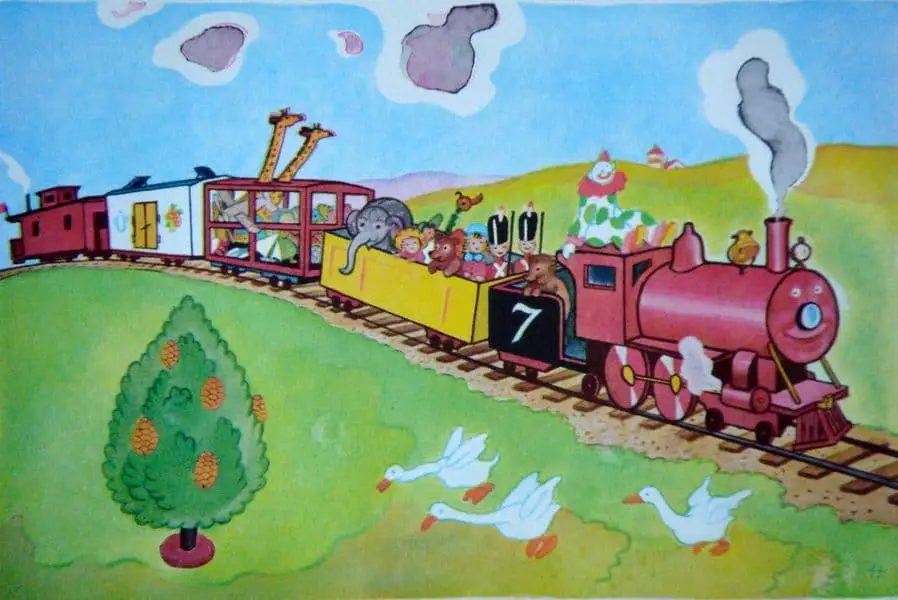
The Little Engine That Could by Watty Piper ― This is the ultimate persistence picture book, known to many of us. It has even entered popular vernacular as a shorthand trope for believing in yourself:
So how do you overcome the parasympathetic nervous system? Is it as simple as just being like the Little Engine and saying, “I think I can”? No, although that doesn’t hurt. Saying something doesn’t mean you believe it, and frankly, your brain has no reason to trust you. You need to convince your brain that it is safe.
The Science Behind Why “I Think I Can” Actually Works This from a Goodreads reviewer: “The lesson of this book isn’t perseverance, it’s that 3/4 of people you meet will leave you to die on the side of the road. An important lesson, sure, but I think I’d rather wait until at least kindergarten before I start teaching my son that.”
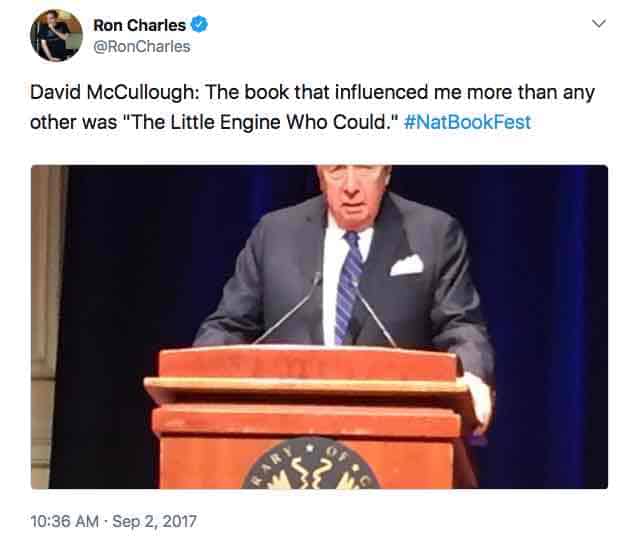
The Little Engine That Could has influenced many writers. Some children’s book authors enter children’s book publishing because they bring fame, not because they bring originality. So often in celebrity picture books, the message is simplistic and unnuanced. The ‘Never Give Up’ maxim is a particular favourite of authors who haven’t read many picture books. Take Elbow Grease, written by American wrestling professional John Cena. An underdog racing car is picked on by his brothers. In order to win a place in their masculine hierarchy he must beat them in a race. Significantly, there must also be a girl to impress. (Don’t mistake this for gender inclusion.)
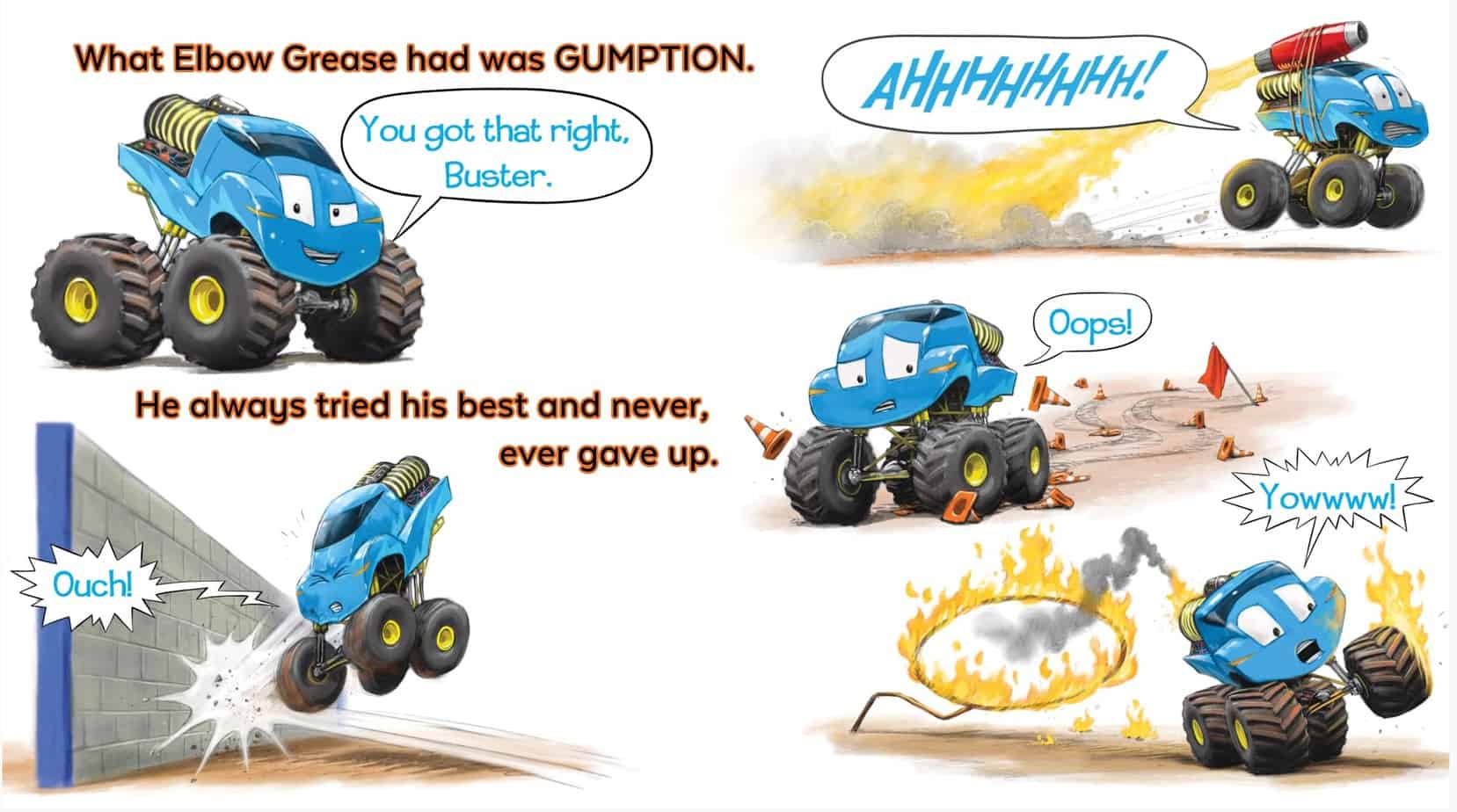
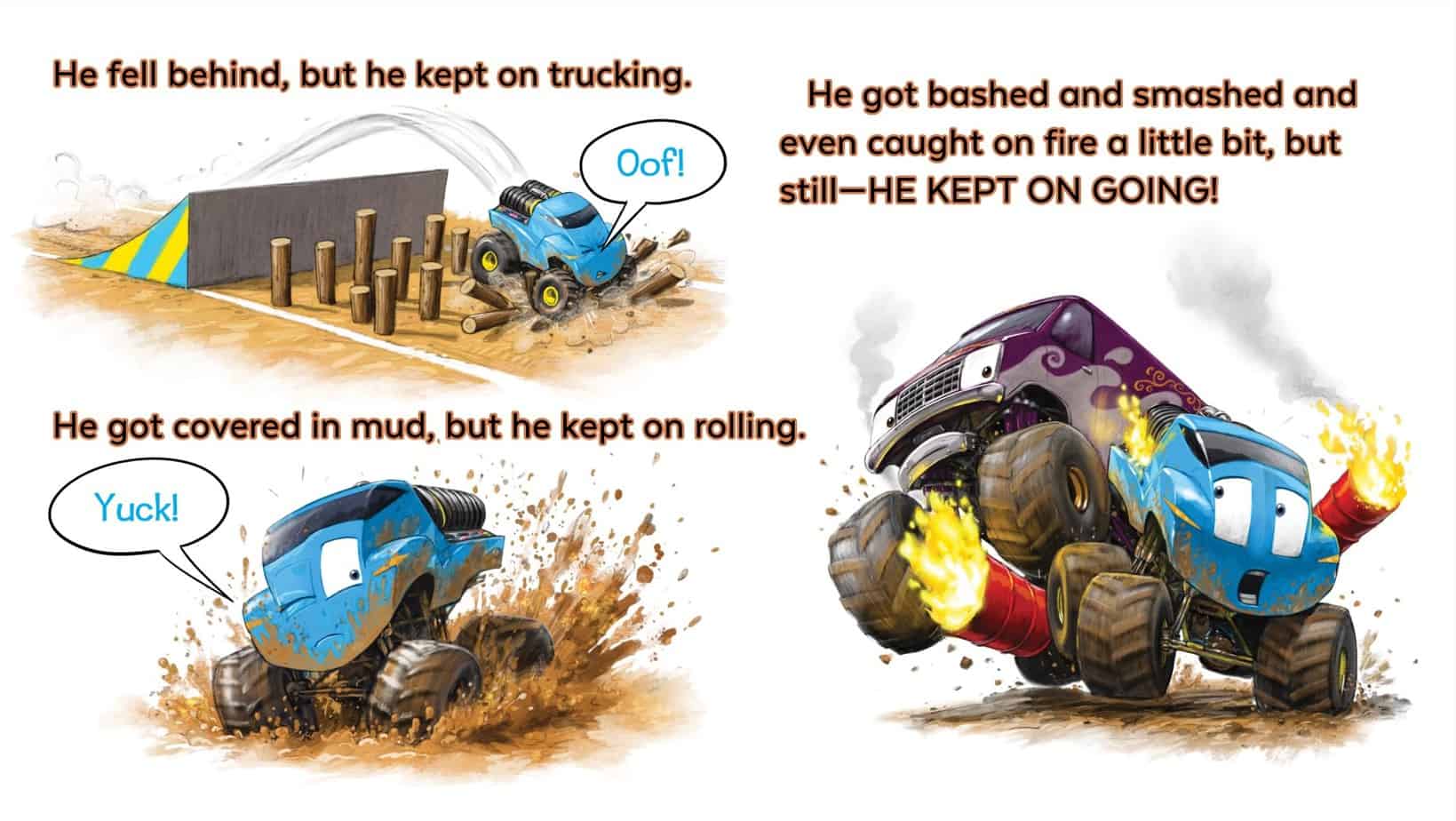
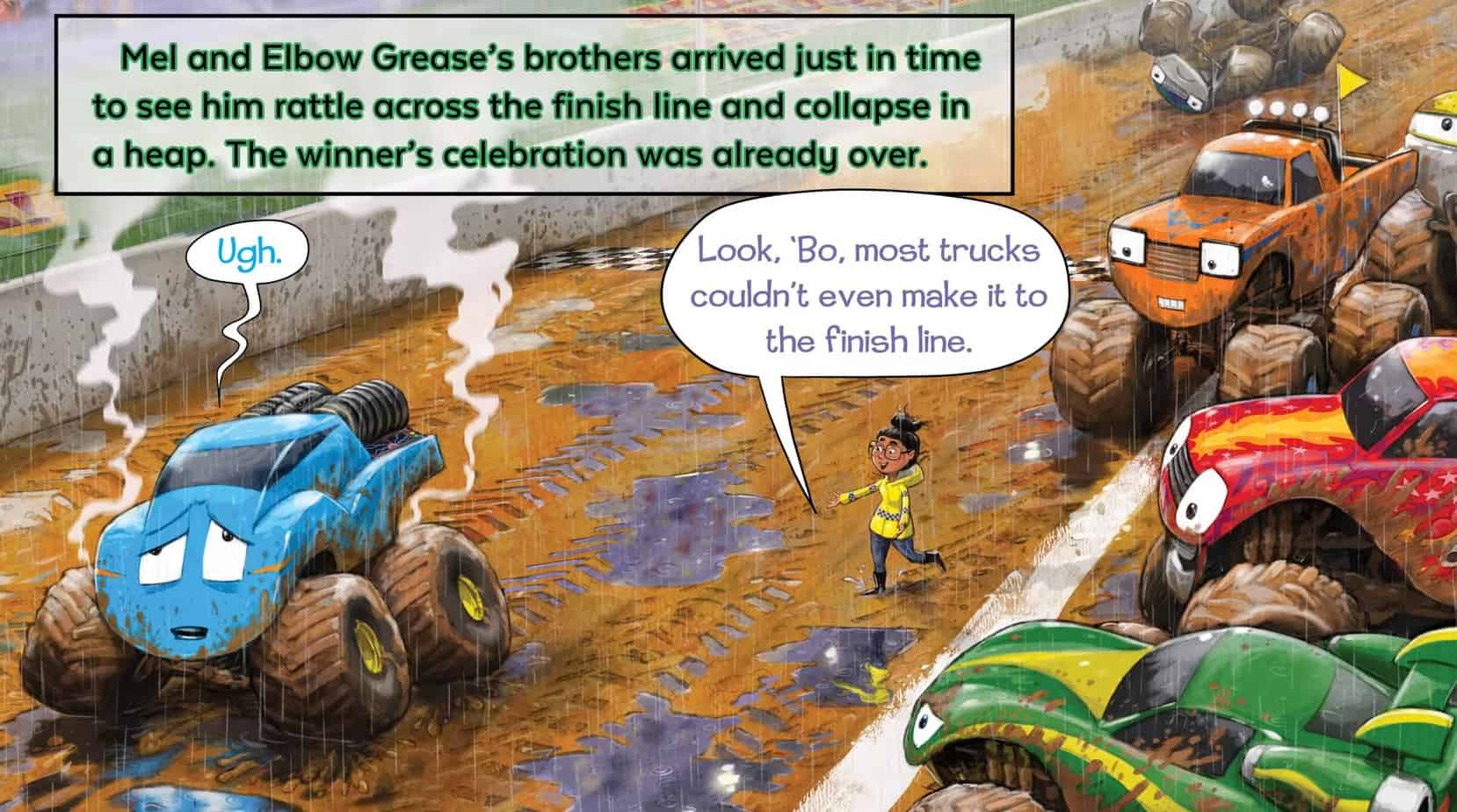
- The Carrot Seed by Ruth Krauss ― A boy plants a carrot seed. Throughout the story various people tell him the seed won’t grow, but the boy never gives up. Another picture book using a garden as a metaphor for patience is The Curious Garden by Peter Brown. A little boy works hard to grow a lush, green garden only to find out the winter snow has ruined most of it. But he doesn’t get discouraged and, together with some neighbors, works hard to make it green again.
- Brave Irene by William Steig ― This is basically a mythological hero(ine) in picture book format ― Irene Bobbin has to brave snowy, stormy weather to deliver a ballgown. She meets lots of obstacles on the way but doesn’t give up. She is rewarded at the end with kindness, a hot meal and personal satisfaction.
- Can I Play Too? by Mo Willems ― Elephant and Piggie meet a new friend, Snake, who wants to play catch with them. Snake has no arms. The characters never give up on trying to find a solution to include Snake.
- How To Catch A Star by Oliver Jeffers ― A boy really wants to catch a (highly metaphorical) star. He comes up with all kinds of ways to try to catch one, but none of the ideas seem to work. He doesn’t give up. The message is pretty clear with the text: “But in his heart, the wish just wouldn’t give up.” He gets his star, though in a humorous, ironic twist, it might just be a washed-up dead starfish. This saves the story from being 100 per cent sap.
- Stuck by the same author is also a story about persistence. Oliver Jeffers’ persistent boys are a running theme in his picture books.
- This Moose Belongs To Me could be the ultimate anti-rape culture book in the right hands.
- Ruby’s Wish by Shirin Yim Bridges ― Ruby, the main character, is determined to go to college when she’s older instead of getting married and staying home as is the normal tradition of her family.
- The Most Magnificent Thing by Ashley Spires ― A girl sets out to make the most magnificent thing, assuming it will be easy. She knows exactly how it will work; all she has to do is make it. But making this most magnificent thing turns out to be anything but easy and she tries and fails repeatedly. Eventually, she gets really mad and decides to quit. But after her dog convinces her to take a walk, the girl comes back to her project with a new perspective and manages to get it just right. We have the full range of emotions in here. The journey towards death is perhaps overkill when it comes to picture books, but in storytelling speak, the near death experience is ‘almost gave up’.
- Salt In His Shoes by Deloris Jordan & Roslyn M. Jordan ― A biography of Michael Jordan, as written by his mother and sister. Message being: Never give up and you too can be a great athlete. Though you’ll find this on lists of ‘picturebooks about perseverance’, there’s a hefty dose of magical thinking in there, too. Michael feels the reason he isn’t very good at basketball is because he’s short. His mother suggests he put salt in his shoes and say a prayer to help him grow. This is apparently why he grew. (Around age 8 I prayed every night to become tall, too. Didn’t work for me.)
- Luigi and the Barefoot Races by Dan Paley ― Another story about sport and perseverance, though this one is fictional. This is not about an underdog trying to beat the fast kid but about the fast kid being pressured from below by a contender. Kids who are great at sport are thereby catered for in picture book world.
- Matthew’s Dream by Leo Lionni ― A mouse dreams of becoming an artist when he grows up. He works hard to fulfil his dream and ends up displaying a painting in a museum.
- A Chair for My Mother by Vera B. Williams ― Rosa, her mother, and her grandmother save up coins to buy a chair after their furniture is destroyed in a fire.
- Whistle for Willie by Ezra Jack Keats ― A boy really wants to whistle. He tries really hard and eventually whistles to his dog.
- Ready, Set, Skip! by Jane O’Connor is another book about mastering a particular skill.
- Froggy Rides a Bike by Jonathan London ― Whistling, skipping, riding bikes… these are all childhood skills where parents first realise whether they’ve got a naturally persevering child or not.
- Betty Bunny Wants A Goal by Michael Kaplan ― When kids get a bit older, sports is a good way to learn perseverance, so long as the child is the competitive type.
- Stickley Sticks To It! A Frog’s Guide To Getting Things Done by Brenda S. Miles ― A picture book with an overt didactic purpose in the title, probably purchased by parents who know their kids need to hear the lesson.
- The Pout-Pout Fish Goes To School by Deborah Diesen ― This going-to-school book underscores the message that school requires hard work ― you won’t necessarily magically learn how to read. (Though some kids seem to.)
- Flight School by Lita Judge ― It’s easy to exhaust the skills that need to be mastered by toddlers and young kids (at least, the interesting ones) but there’s a whole other list of skills to be mastered once we turn to the animal kingdom. In this story a little penguin is determined to fly. The bird-literature reader knows that penguins can’t actually fly. The ending is similar to what Oliver Jeffers did in How To Catch A Star ― when the dream is impossible, the writer can modify the ending so the kid character still gets what they want, albeit modified. This penguin learns to fly with a little help from technology. The front cover shows him with feathers tied onto his little wings, somewhat ruining the denouement. You Can Do It, Bert is a similar book but features a nervous bird who can actually fly. He’s just a little anxious.
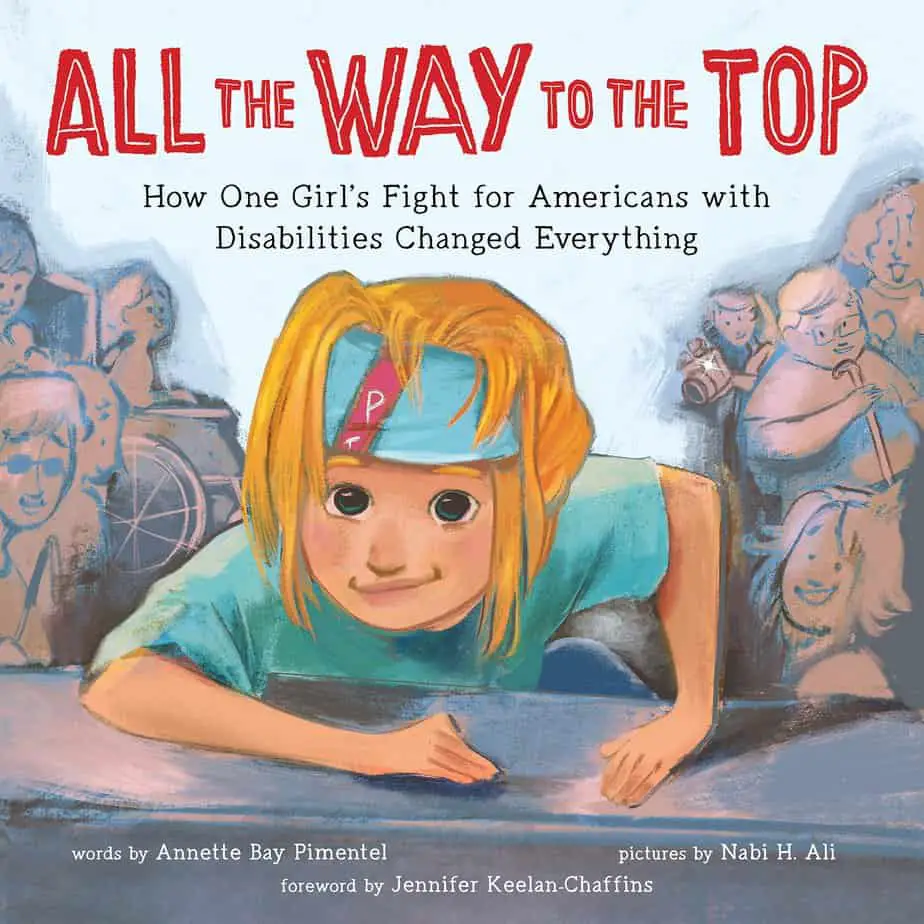
Experience the true story of lifelong activist Jennifer Keelan-Chaffins and her participation in the Capitol Crawl in this autobiographical picture book.
This is the story of a little girl who just wanted to go, even when others tried to stop her.
Jennifer Keelan was determined to make a change―even if she was just a kid. She never thought her wheelchair could slow her down, but the way the world around her was built made it hard to do even simple things. Like going to school, or eating lunch in the cafeteria.
Jennifer knew that everyone deserves a voice! Then the Americans with Disabilities Act, a law that would make public spaces much more accessible to people with disabilities, was proposed to Congress. And to make sure it passed, Jennifer went to the steps of the Capitol building in Washington DC to convince them.
And, without her wheelchair, she climbed.
ALL THE WAY TO THE TOP!
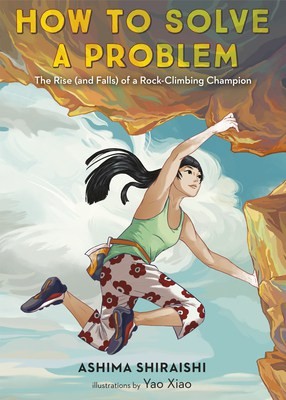
From Ashima Shiraishi, one of the world’s youngest and most skilled climbers, comes a true story of strength and perseverence–in rock-climbing and in life.
To a rock climber, a boulder is called a “problem,” and you solve it by climbing to the top. There are twists and turns, falls and scrapes, and obstacles that seem insurmountable until you learn to see the possibilities within them. And then there is the moment of triumph, when there’s nothing above you but sky and nothing below but a goal achieved.
Ashima Shiraishi draws on her experience as a world-class climber in this story that challenges readers to tackle the problems in their own lives and rise to greater heights than they would have ever thought possible.
A commonality in the best of these picture books is that the main character goes through a range of emotions: disappointment, fear, frustration and satisfaction. Sometimes elation. The model children manage their emotions, keeping them in check at all times. Comedic characters might have a hissy fit at some point. Comedic characters are relatable, and they’re funny because of that.
A lot of these main characters are anxious types. According to my kid’s paediatrician, ten per cent of children fit the criteria for anxiety, and it’s worth pointing out that ‘reluctance to try something’ or ‘reluctance to try again’ correlates with anxiety.
The most contemporary of these books sometimes star highly imperfect child characters. Older style stories seem more likely to set these kids on a character arc where they turn out better at the end. This makes the older books seem more didactic. There is a movement against overt didacticism at the moment, though I do notice that didacticism is just fine if the book is also very funny.
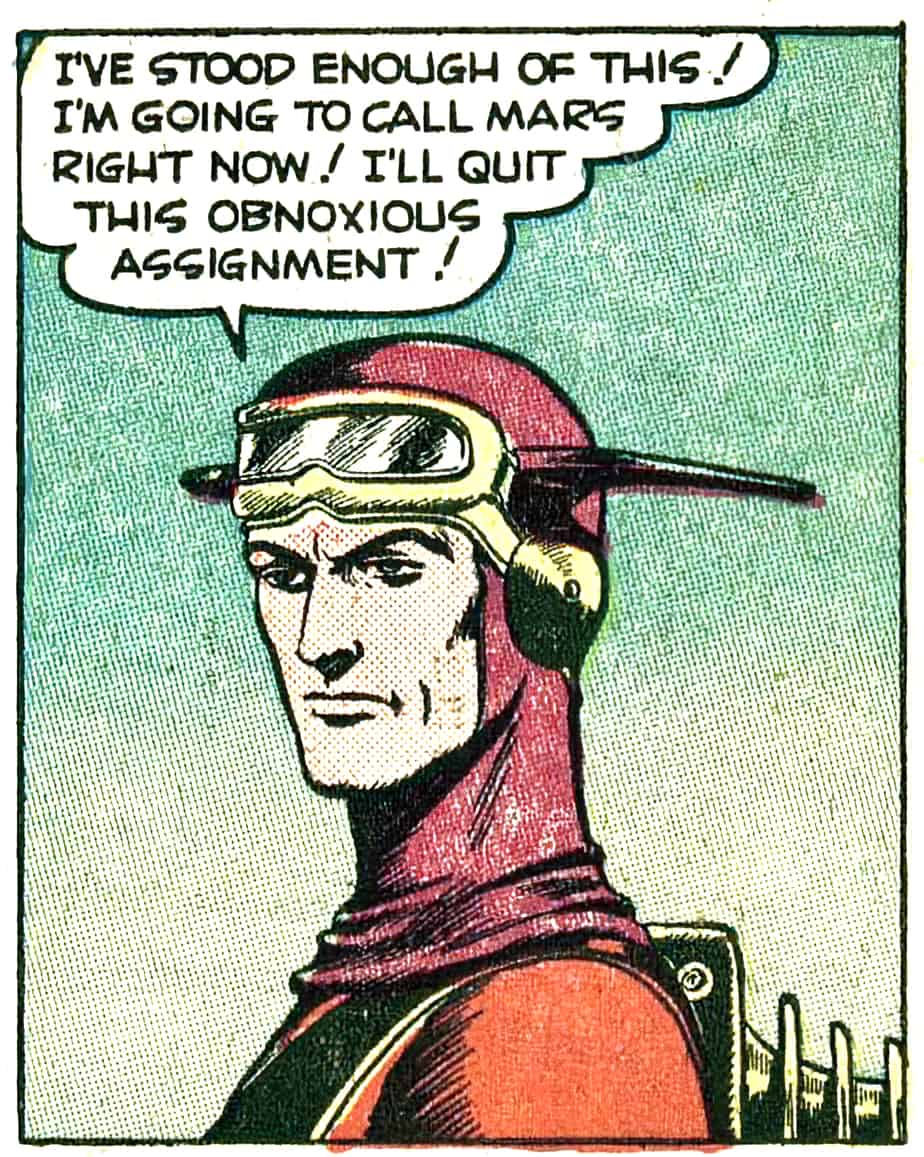
PERSEVERANCE AND MIDDLE GRADE BOOKS
By the time readers are into middle grade books, there isn’t much difference between middle grade and adult character arc ― in any good story the main character needs to be one of the following:
- Active
- Actively Passive
What does it mean to be ‘actively passive’? This is when the character has received the Call To Adventure but goes out of their way to avoid getting involved. That in itself is doing something.
A typical pattern involves:
- a reluctant main character who wants things to stay basically the same
- something happens ― a problem, a spanner in the works
- character resists change but is forced to get involved anyway
- at some point in the story (often around the mid point) the character buckles down, deciding that this journey they’re on needs to be seen through to the end.
If that’s not a ‘perseverance’ character arc, I don’t know what is. Perseverance ‘perseveres’ throughout stories for all ages.
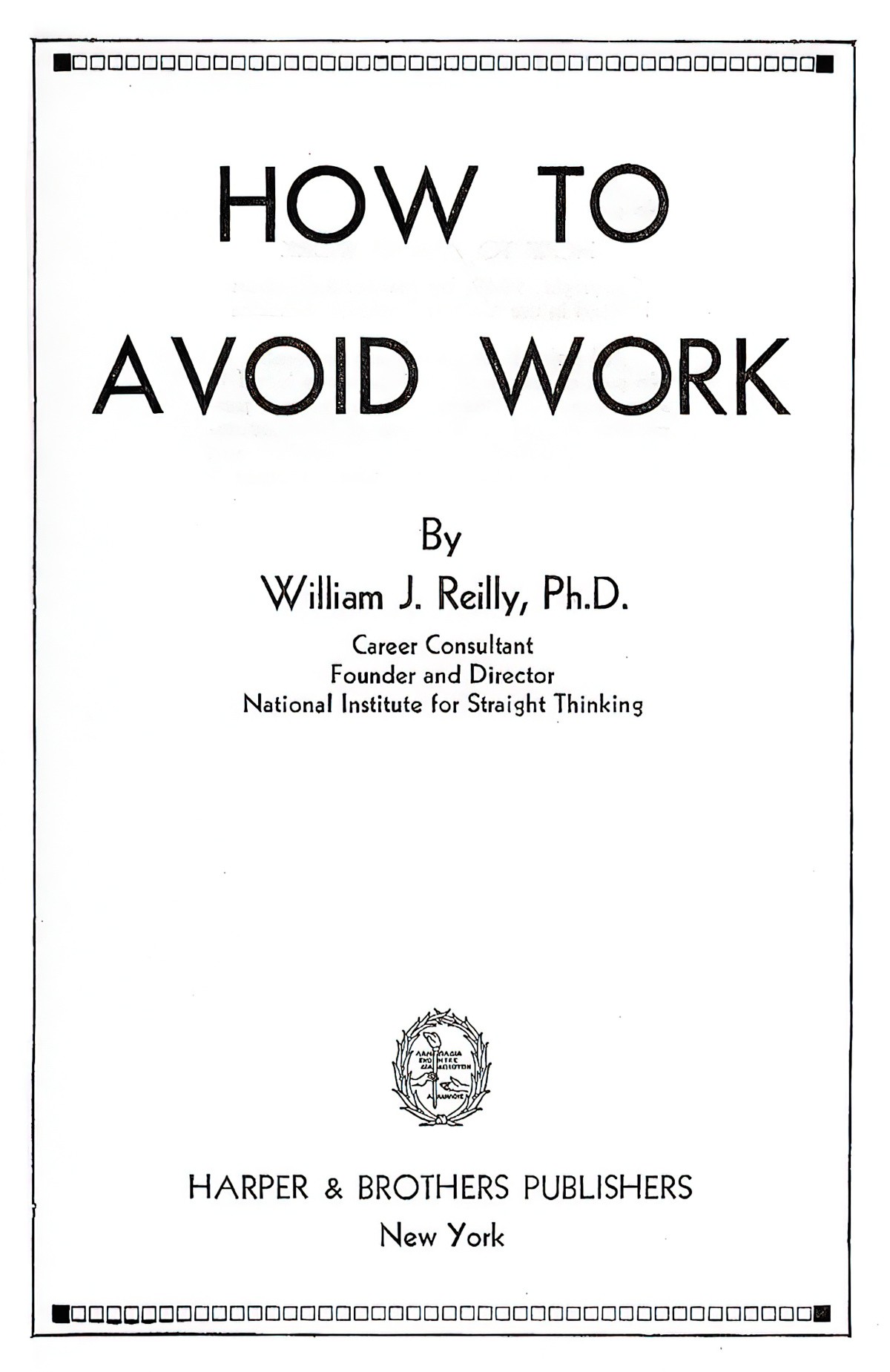
PERSEVERANCE AND YOUNG ADULT BOOKS
“There’s a lesson in real-life stalking cases that young women can benefit from learning: persistence only proves persistence—it does not prove love. The fact that a romantic pursuer is relentless doesn’t mean you are special—it means he is troubled.”
Gavin de Becker, The Gift of Fear: Survival Signals That Protect Us from Violence
PERSISTENCE AS PROBLEMATIC ROMANCE TROPE
In Hollywood films for adults there is a recent history of stories which rewards men for persistence in the pursuit of romance:
If a man in a movie researches a woman’s schedule, finds out where she lives and works, even goes to her work uninvited, it shows his commitment, proves his love. When Robert Redford does this to Demi Moore in Indecent Proposal, it’s adorable. But when she shows up at his work unannounced, interrupting a business lunch, it’s alarming and disruptive.
If a man in the movies wants a sexual encounter or applies persistence, he’s a regular, everyday guy, but if a woman does the same thing, she’s a maniac or a killer. Just recall Fatal Attraction. The King of Comedy, Single White Female, Play Misty for Me, The Hand That Rocks The Cradle, and Basic Instinct. When the men pursue, they usually get the girl. When the women pursue, they usually get killed.
Popular movies may be reflections of society or designers of society depending on whom you ask, but either way, they model behaviour for us. During the early stages of pursuit situations in movies ― and too often in life ― the woman is watching and waiting, fitting in to the expectations of an overly invested man. She isn’t heard or recognized; she is the screen upon which the man projects his needs and his idea of what she should be [I call this the Pygmalion Principle of storytelling, in which a woman is moulded into a full human being only by [her relationship with] a man).
The Gift of Fear by Gavin de Becker
The films listed by de Becker are well-known problematic storylines but we see it too in more recent stories. When a woman stalks a man, she is rarely rewarded for it.
Ghost World is a 2001 film based on a graphic novel. But our main female character is pretty far from ‘adorable’. Enid is snarky, sarcastic and self-destructive. Every time someone offers her an opportunity to succeed, she sabotages it. In a Pigman type storyline (harking back to the Paul Zindel novel from the 1970s), Enid and her friend start stalking a vulnerable man for kicks. While she ‘gets the guy’, suggesting her stalking persistence has paid off, the viewer can see that playing wifey to this much older loser is not in Enid’s best interests. She ends up leaving town. In his review, Roger Ebert nevertheless calls this a happy ending:
The movie sidesteps the happy ending Hollywood executives think lobotomized audiences need as an all-clear to leave the theater. Clowes and Zwigoff find an ending that is more poetic, more true to the tradition of the classic short story, in which a minor character finds closure that symbolizes the next step for everyone. “Ghost World” is smart enough to know that Enid and Seymour can’t solve their lives in a week or two. But their meeting has blasted them out of lethargy, and now movement is possible. Who says that isn’t a happy ending?
Roger Ebert
Many cis men have been socialized to ignore both indirect and direct “no” signals from women, and some of them really lean into that and feel entitled to push their luck until they get a response they decide is clear enough, at which time they make it maximally weird and awkward in order to punish and dissuade future rude cock-blocking from the likes of you.
Captain Awkward (who also has some tips for if you’re trying to extricate yourself from a situation with these kinds of cis men).
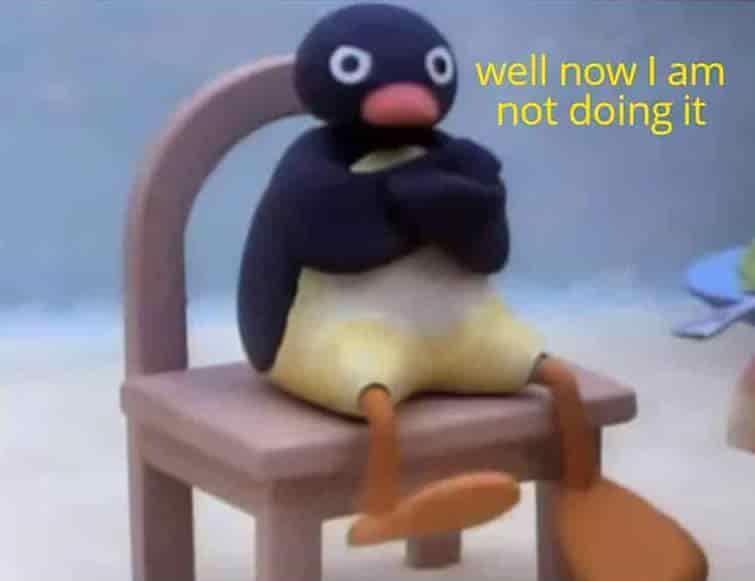
The Notebook
The Notebook ― based on a Nicholas Sparks ‘love tragedy’ is a classic example of a man who won’t take no for an answer. It is so irritating to watch his obsession rewarded as the film progresses. Bear in mind that Noah has already asked Allie, “Do you wanna dance with me?” “No,” she says. “Why not?” The boy with Allie with steps in and says, “She’s with us,” (because he knows that other men only listen to men), but still Noah won’t take Allie’s clear no for an answer. Noah has been taught that persistence pays off, even if it means ignoring a woman’s feelings altogether. https://www.youtube.com/watch?v=u8ldUWIruvs
Even people who dissect romantic stories pointing out all their plot problems tend to skip over the biggest problem of all.
TURNING 20: HOW AN ICONIC ’90S FILM NORMALIZED STALKING ― regarding There’s Something About Mary, from Bitch Media.
Groundhog Day
Pop Culture Detective pinpoints Groundhog Day as the ultimate example of creepy stalking and also uses a bunch of other Hollywood movies as examples. https://www.youtube.com/watch?time_continue=185&v=rZ1MPc5HG_I
Ratatouille
Showing men kissing women against their will hurts kids and leads to date rape. Folks, in Ratatouille, there are THREE females – two characters and one bridal caketopper – that are kissed against their will. Each of these is presented as humorous or romantic. Are you kidding me? When kids see these images, 1) they learn that when girls say no, it is romantic or funny to kiss them anyway, which can lead directly to date rape. 2) Girls learn that what they want or say is not important, and that what a guy really wants is for them to put up a half-hearted fight and then submit. Is this really what you want to be teaching? I fervently hope that Ratatouille is the last time we will ever see that kind of thing in a Pixar movie.
Bitch Flicks
Twilight
In =famously in Twilight, Edward Cullen is so persistent he ends up creepily stalking Bella in her actual bedroom, watching her as she sleeps. This is nothing if not persistence. According to the setting, Edward has some kind of animal instinct and can’t help himself. (Plain old persistence by another explanation.)
Ready Player One
I’ve noticed Ready Player One called out for problematic stalky tropes on Twitter. Ready Player Two is no better, actually worse for a number of different reasons.
Bollywood Films In General
College student Shakti Singh, 20, said he would like a girlfriend but has no clue how to get one.
With little help from their conservative parents but with easy access to the Internet, he and his friends model their behaviour on the swains in Bollywood romance movies. The genre — often with a hero who breaks down a woman’s reluctance — has been criticized for glorifying stalking and rape.
“There is a lot of effect from movies,” Singh said. “Even though the girl says no he continues chasing her, and she still says no. But in the end he gets the girl.”
Now multiply that impression by the several million unattached young men watching these movies nationwide. The state recently launched a program to curtail these misguided “Romeos,” with special police squads to patrol shopping malls, college campuses and bus stands where chronic harassers gather.
“I won’t tease in the village. I will get beaten up. But outside I do,” boasted Lal Singh, a field worker, 31.
Too Many Men, Washington Post
PERSISTENCE CALLED OUT
Disney/Pixar really does have a speckled history of getting things really right and other things spectacularly wrong. That’s because although the funding all comes from the same corporation, the ideologies of writers differ quite a lot.
Sometimes Disney writers are able to see through the persistence-as-romance bullshit. The writers of Disney’s Hercules (1997) did a great job with Megara’s dialogue in this scene:
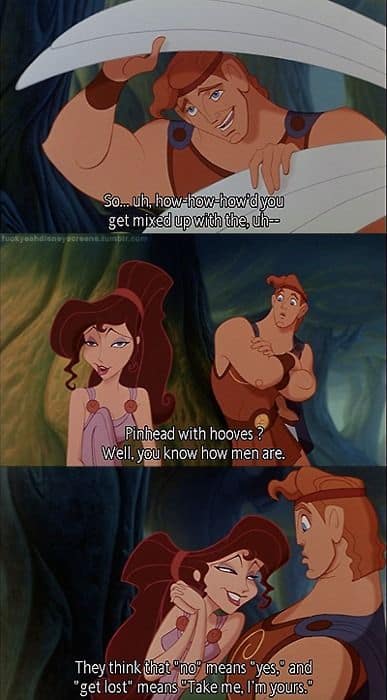
Writers Ron Clements and John Musker were making a parody of a Greek tragedy, and to modernise it without the film being completely misogynistic and violent and so on they had no choice but to make the characters more modern and woke. This is how the film begins:
Long ago, in the faraway land of ancient Greece…
there was a golden age of powerful gods…
and extraordinary heroes.
And the greatest and strongest of all these heroes…
was the mighty Hercules.
But what is the measure of a true hero?
Ah, that is what our story is…
Will you listen to him?
He’s makin’ the story sound like some Greek tragedy.
Lighten up, dude.
We’ll take it from here, darling.
You go, girl.
We are the muses…
goddesses of the arts and proclaimers of heroes.
Heroes like Hercules.
Norsemen (2016)
Norsemen is a Netflix series for adults.
The tides may be turning on the ideology of persistence in fiction, at least in certain genres. The pilot (“Homecoming”) episode of this Norwegian comedy features a great scene in which a man clearly about to die (it’s no real spoiler to say that he does die) is told by his nonchalant wife that if he only thinks outside the box and tries his best he will survive.
For an alternative take on the persevere at all costs mentality, take a look at discussions in AD/HD world: The Empowering Effect Of No Longer Denying Your Limitations.
WHY DARCY IS SUCH A SWOONWORTHY CHARACTER
